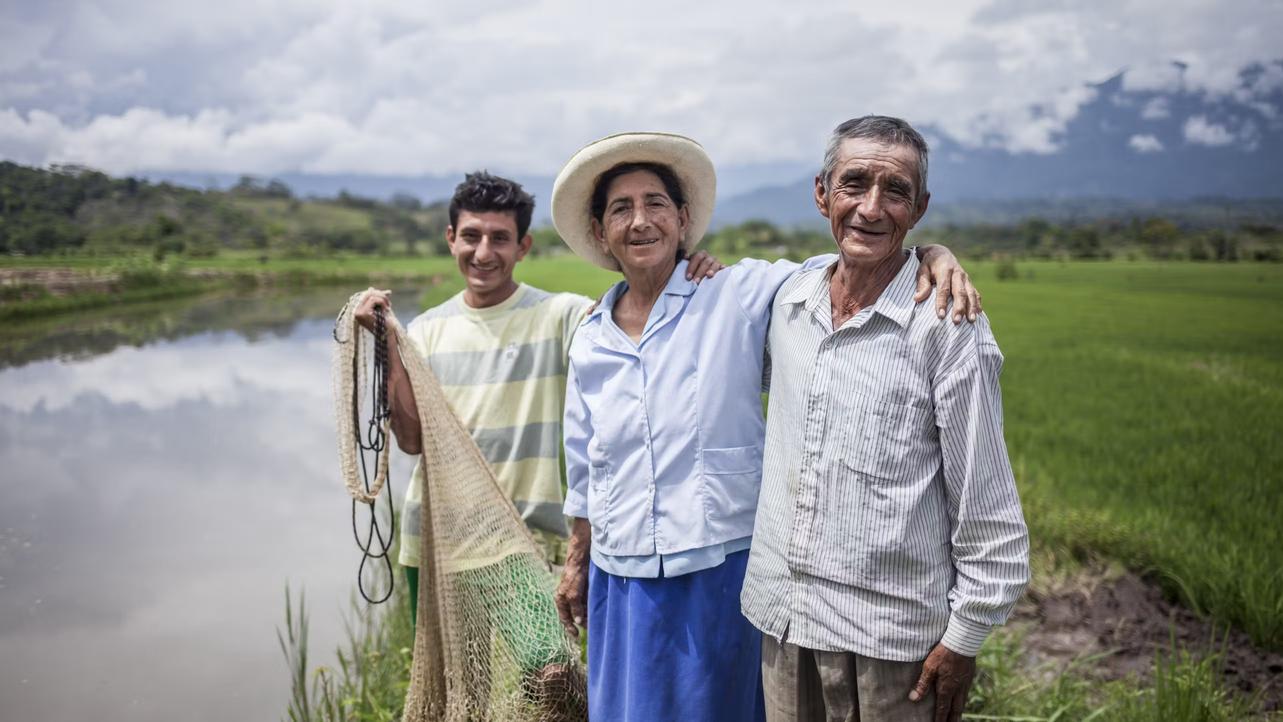
Sustainable economic opportunities are at the core of successful conservation strategies
CI Ventures is an investment program that provides loans to small- and medium-sized enterprises that operate in the forests, oceans and grasslands where Conservation International works. Whether in sustainable agriculture or forestry, ecotourism or wild fisheries, these businesses share one thing in common: a commitment to practices that benefit ecosystems and human well-being.
Using an impact-first model to support nature-positive economies
CI Ventures invests in enterprises that are aligned with Conservation International’s mission of working toward a healthy, prosperous world in which societies are forever committed to caring for and valuing nature, for the long-term benefit of people and all life on Earth.
15M
US$ invested
43
Enterprises in our portfolio
195M
US$ mobilized
29M
US$ assets under management
CI Ventures prioritizes funding enterprises with business models to address specific local and global needs
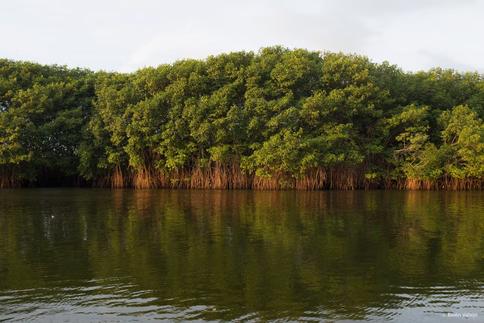
Protection of high-conservation value ecosystems and biodiversity

Regenerative systems for food production

Nature-positive materials and supply chains
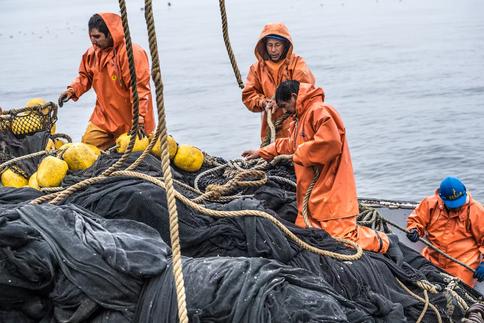
Circular economy and resource efficiency
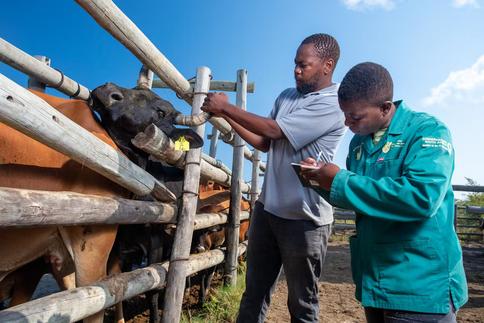
Technology and data for science-based project management
Our Impact
3,026
full-time jobs
80,535
livelihoods improved
40%
of the portfolio has women founders or in C-suite
306,671
hectares protected, conserved or restored
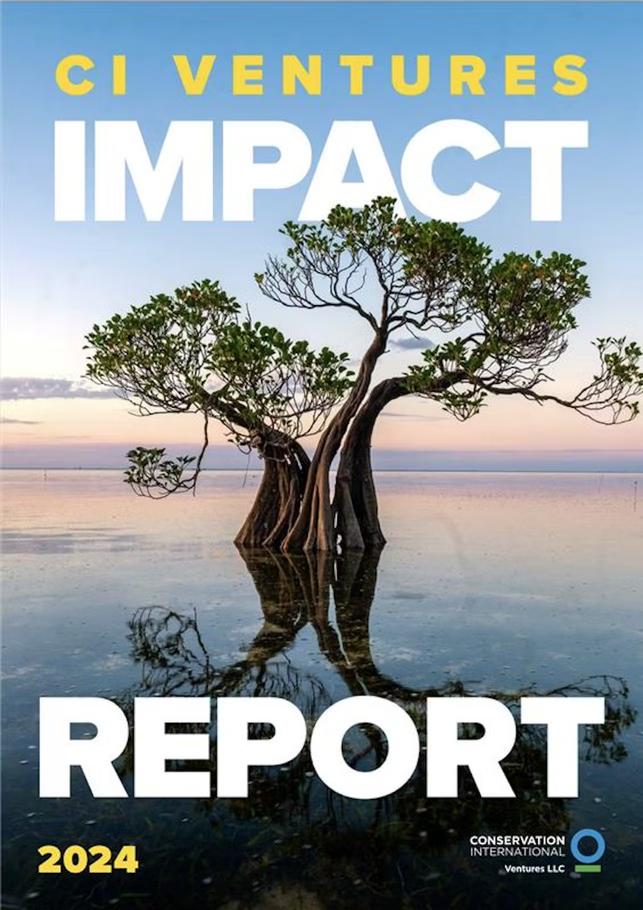
2024 Impact Report
Curious about how CI Ventures’ investments are transforming businesses and communities?
Dive into our 2024 Impact Report to explore the remarkable growth, impact, and sustainability achievements of our portfolio companies. This year we explore the theme of resilience and how investing in nature-based solutions strengthen the interconnected health of ecosystems, local communities, and enterprises.
In 2024, our portfolio companies have successfully mobilized over ten times the capital received from CI Ventures. We are now nearing our ambitious 10-year target of mobilizing US$ 200 million in co-investment and follow-on financing. Demonstrating the profitability of impact-driven businesses, nine of our portfolio investments have been fully repaid.
Join us in celebrating the milestones and successes that are paving the way for a brighter, more sustainable future!
Previous Reports
- 2023 report — As we reflect on CI Ventures’ 2023 accomplishments and challenges, one theme stands out: the power of partnerships in amplifying our impact and propelling us toward a future where we can collectively have an even greater influence. We invite you to read the report.
- 2022 report — In its first five years, CI Ventures has been able to deliver a successful portfolio of more than US$ 12 million, with companies mobilizing seven times that funding in additional capital. The program has produced its first impact report, highlighting the progress toward our goals.